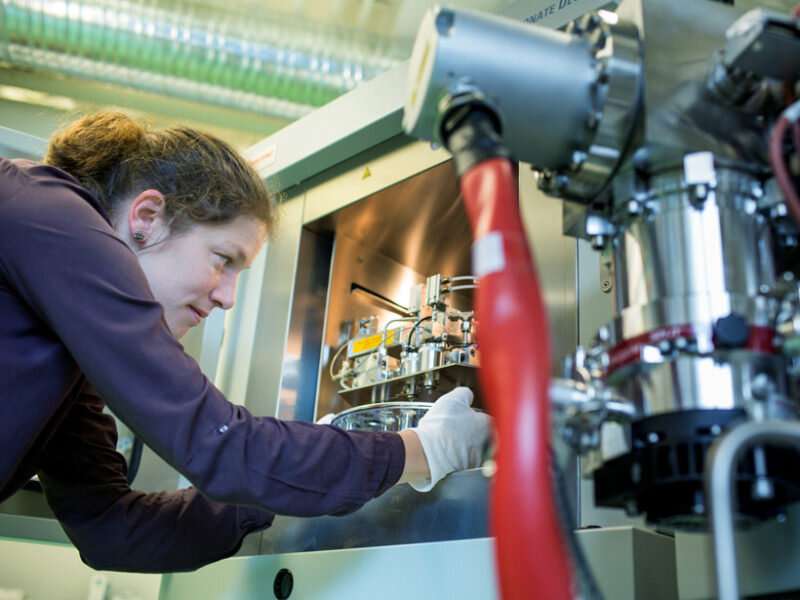Carbonate standards ensure better paleothermometers

The climate of ancient Earth left telltale signs in the geochemical record. On the basis of chemical properties of carbonate minerals, scientists can calculate a site's temperature hundreds of millions of years ago. Such a "paleothermometer" provides a peek not just into past climates but also into geological processes like elevation changes of Earth's surface. Analyses by different research groups, however, don't always agree.
A new study by Bernasconi et al. describes a community effort—InterCarb—to standardize the chemical analysis known as carbonate clumped-isotope thermometry, using common carbonate standards.
Carbonate clumped-isotope thermometry relies on a thermodynamic tendency for rare heavy isotopes of oxygen and carbon to bond, or "clump" together, in carbonate molecules. At lower temperatures, the molecules are more likely to form with clumped isotopes; scientists can use this fact to calculate temperatures on ancient Earth.
For analyses, researchers treat carbonate samples, from seafloor mud to megalodon teeth, with acid to produce carbon dioxide gas. They then use mass spectrometers to compare the tiny amounts of heavy isotopes in that gas with the abundances expected by random chance, based on a set of carbon dioxide gases. This standardization, known as the absolute reference frame or carbon dioxide equilibration scale, corrects for differences between individual mass spectrometers and partially enables interlaboratory comparisons. The correction, however, doesn't account for differences in sample preparation.
The authors of this new study propose standardization using carbonate reference materials, which require processing with acid, just like samples being investigated, instead of with gases. To validate the approach, 22 laboratories analyzed three reference carbonates and four unknown carbonate samples. When measurements of the unknown samples were corrected using average values for the references, discrepancies between laboratories reflected expected uncertainty rather than dramatic differences due to sample preparation as reported in previous studies.
The approach proposed by the authors—the InterCarb–Carbon Dioxide Equilibrium Scale (I-CDES)—will support standardization between laboratories and facilitate future investigation by the clumped-isotope community to understand Earth's past.
More information: S. M. Bernasconi et al, InterCarb: A Community Effort to Improve Interlaboratory Standardization of the Carbonate Clumped Isotope Thermometer Using Carbonate Standards, Geochemistry, Geophysics, Geosystems (2021). DOI: 10.1029/2020GC009588
Provided by Eos
This story is republished courtesy of Eos, hosted by the American Geophysical Union. Read the original story here.




















